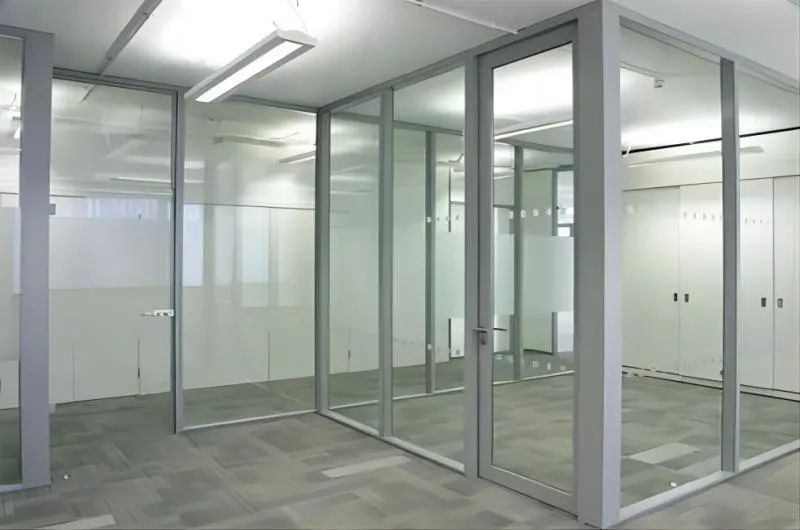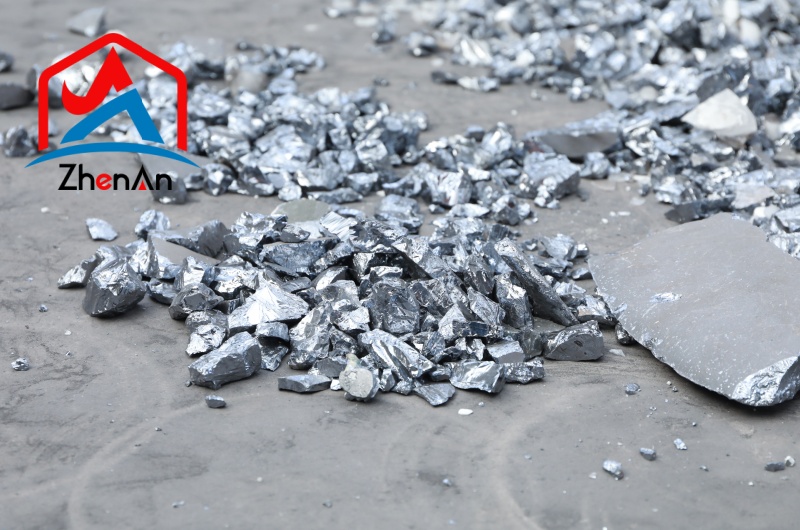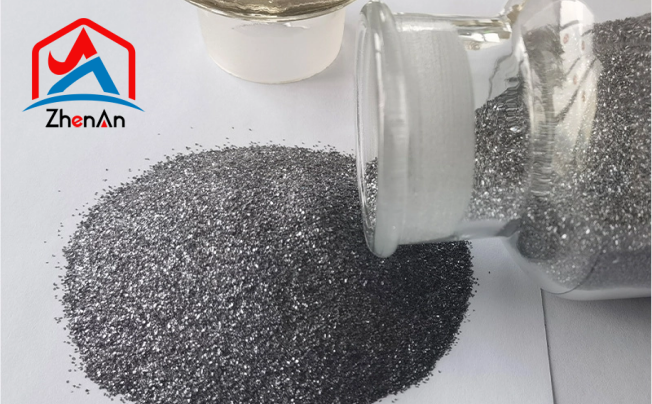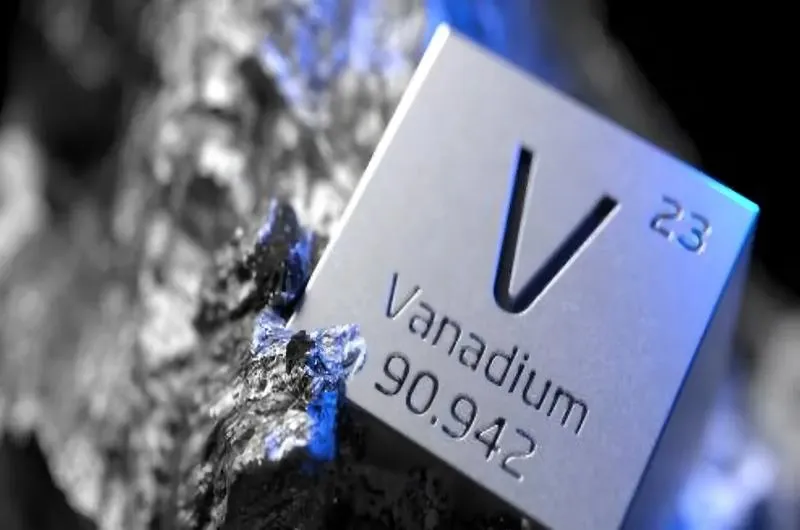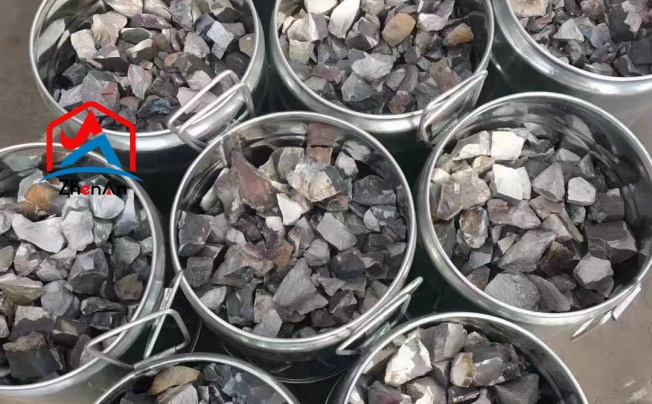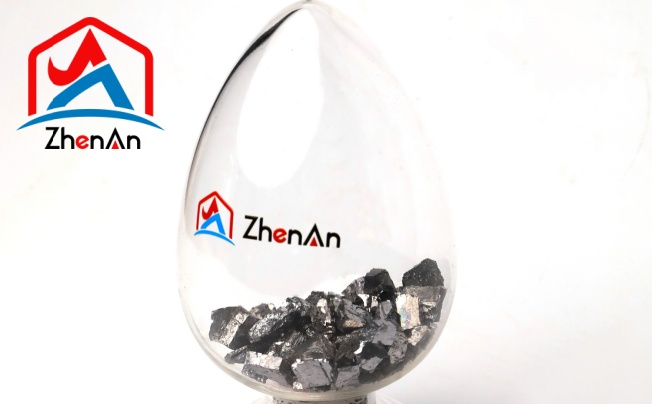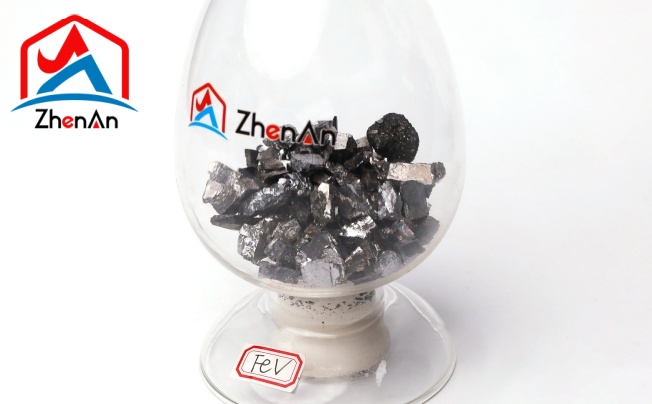BY  GENN
GENN
2024/04
Blog
Is Magnesium More Corrosive Than Aluminum?
Corrosion Properties of Magnesium
Chemical Properties Leading to Corrosion Susceptibility
Magnesium, a lightweight metal with a high strength-to-weight ratio, is inherently prone to corrosion due to its reactivity with oxygen in the air and moisture. When exposed to atmospheric conditions, magnesium readily forms an oxide layer on its surface, which can serve as a protective barrier against further corrosion.
However, this oxide layer is often porous and can easily be breached, leading to continued corrosion of the underlying metal. Additionally, magnesium’s position in the galvanic series makes it more susceptible to galvanic corrosion when coupled with other metals in an electrolyte solution.
Factors Influencing Magnesium Corrosion Rates
Several factors play a significant role in influencing the corrosion rates of magnesium. Environmental conditions such as humidity levels, temperature variations, and the presence of corrosive agents like salts or acids can accelerate the corrosion process.
Surface defects or impurities in the magnesium material can act as initiation sites for corrosion attacks. Moreover, mechanical stresses or fatigue can also increase the susceptibility of magnesium to corrosion by disrupting the protective oxide layer and exposing fresh metal surfaces to corrosive elements.
Comparison with Other Metals
When comparing magnesium’s corrosion properties with those of other metals like aluminium and steel, it becomes evident that magnesium generally exhibits higher rates of corrosion under similar environmental conditions. While aluminium also forms a protective oxide layer on its surface, it tends to be more stable and less prone to rapid degradation compared to magnesium oxide layers.
Steel, on the other hand, is more susceptible to rusting but often undergoes uniform corrosion rather than localized attack seen in magnesium alloys. Understanding these differences is crucial for selecting the appropriate material for applications where corrosion resistance is a critical factor.
Chemical Properties Affecting Aluminium’s Corrosion Resistance
Aluminum is inherently resistant to corrosion due to the formation of a thin oxide layer on its surface, which acts as a protective barrier against further degradation. This oxide layer, primarily composed of aluminum oxide (Al2O3), is stable and self-renewing in the presence of oxygen.
The passive nature of this oxide film prevents the underlying aluminum from coming into direct contact with corrosive agents, thus enhancing its overall resistance to corrosion. However, any disruption or damage to this protective layer can compromise aluminum’s corrosion resistance, making it susceptible to accelerated degradation.
Moreover, the pH level of the surrounding environment plays a crucial role in influencing aluminum’s corrosion behavior. Aluminum exhibits improved corrosion resistance in neutral or slightly basic solutions due to the stable nature of its oxide layer under these conditions.
Conversely, exposure to acidic environments can lead to increased rates of corrosion by promoting the dissolution of the protective oxide film. Thus, understanding how different chemical environments interact with aluminum is essential for predicting and mitigating potential corrosion risks in various applications.
Factors Impacting Aluminium’s Susceptibility to Corrosion
Several factors can impact aluminum’s susceptibility to corrosion, including environmental conditions, alloy composition, and mechanical stresses. Humidity levels and temperature variations play a significant role in accelerating or decelerating the rate of corrosion on aluminum surfaces.
High-humidity environments facilitate moisture absorption and condensation on metal surfaces, leading to increased corrosive activity over time. In contrast, dry climates with low humidity levels may slow down the progression of corrosion due to reduced moisture availability.
The alloy composition of aluminium also influences its corrosion-resistant properties. Different alloying elements can alter the microstructure and chemical reactivity of aluminium alloys, impacting their overall susceptibility to various forms of corrosion, such as pitting or galvanic corrosion.
Additionally, mechanical stresses from operational loads or external forces can create localized areas of vulnerability on aluminium surfaces where a corrosive attack can initiate more rapidly. Understanding these factors and their interplay is vital for designing effective strategies for protecting aluminium structures from premature degradation.
Accelerated Corrosion Testing Techniques
Corrosion testing is crucial in determining the longevity and durability of materials like magnesium and aluminum. Accelerated corrosion testing involves subjecting samples to harsh conditions that simulate years of exposure in a short amount of time.
One common method is salt spray testing, where a saltwater mist is sprayed onto the material to accelerate corrosion. This test helps researchers understand how these metals will fare in corrosive environments, allowing for proactive measures to be taken to enhance their resistance.
Another accelerated corrosion testing technique is the use of electrochemical methods such as potentiodynamic polarization and electrochemical impedance spectroscopy. These techniques provide valuable information on the kinetics of corrosion processes, allowing for a deeper understanding of how magnesium and aluminium behave in different environments.
By subjecting samples to controlled electrochemical conditions, researchers can predict long-term corrosion behavior based on short-term tests. Accelerated testing methods play a vital role in evaluating the effectiveness of protective coatings and surface treatments on magnesium and aluminium.
By subjecting coated samples to accelerated corrosion tests, researchers can assess the performance of various coating formulations under extreme conditions. This data aids in optimizing coating formulations for maximum protection against corrosion, ensuring the longevity and reliability of components made from magnesium and aluminium.
Future Trends in Corrosion Prevention for Magnesium and Aluminium
Research Advancements in Materials Science
In the realm of materials science, researchers are continuously exploring innovative approaches to enhance the corrosion resistance of both magnesium and aluminum. One promising area of research involves the development of advanced alloys with tailored microstructures that can mitigate corrosion initiation and propagation. By finely tuning the composition and processing parameters, scientists aim to create materials that exhibit superior resistance to corrosive environments while maintaining desirable mechanical properties.
Furthermore, the integration of nanotechnology has opened up new possibilities for enhancing the surface protection of magnesium and aluminum components. Nanostructured coatings and additives have shown great potential in improving durability and longevity by forming a barrier against corrosive agents at the nano-scale level.
Innovative Technologies for Enhanced Protection
The landscape of corrosion prevention is also witnessing a surge in innovative technologies that offer enhanced protection for magnesium and aluminum structures. One such technology gaining traction is the use of self-healing coatings that possess intrinsic mechanisms to repair micro-damages caused by corrosion. These smart coatings can autonomously detect and mend breaches in their protective layer, thereby increasing the longevity of components exposed to aggressive environments.
Additionally, advancements in surface engineering techniques, such as plasma electrolytic oxidation (PEO) and chemical vapor deposition (CVD), are enabling precise control over surface morphology and chemistry to create robust barriers against corrosive attack. By leveraging these cutting-edge technologies, industries can prolong the service life of magnesium and aluminum assets while reducing maintenance costs associated with corrosion-related issues.




